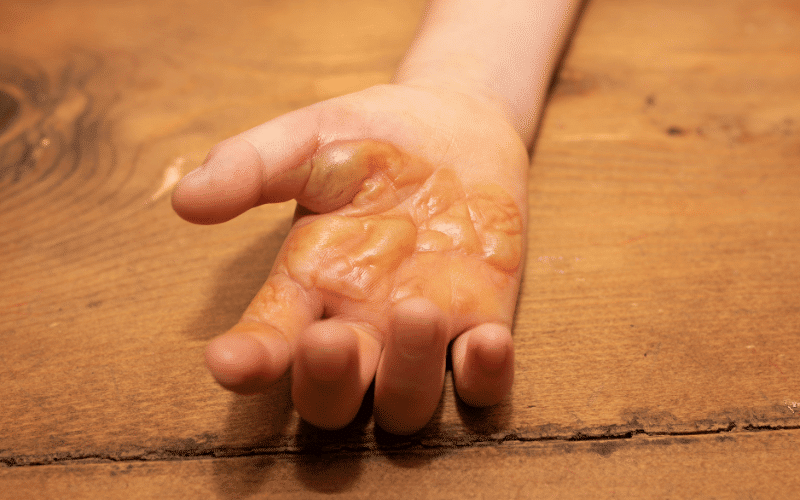Introduction: An In-Depth Look at Dyshidrotic Eczema and Dyshidrosis
Dyshidrotic eczema is a skin condition that affects numerous individuals worldwide. In this detailed article, we’ll discuss the top 10 symptoms of dyshidrotic eczema and delve into the nature of dyshidrosis. By the end, you’ll have a solid grasp of what this skin condition entails, how to identify it, and what can be done to manage it.
Dyshidrotic eczema, or dyshidrosis, is a chronic skin condition characterized by small, fluid-filled blisters that develop on the hands and feet. These blisters are often itchy and can be quite painful, causing significant discomfort for those affected.
The exact cause of dyshidrotic eczema is still unknown, but it is believed to be related to various factors, such as allergies, stress, and excessive sweating. In the following sections, we’ll explore the top 10 symptoms that one can expect to experience when dealing with this skin condition. Armed with this information, you’ll be better prepared to identify and address dyshidrotic eczema in your life or the lives of those around you.
1. Itchy Blisters on the Hands and Feet: The Hallmark Sign of Dyshidrotic Eczema

The most prominent symptom of dyshidrotic eczema is the appearance of small, fluid-filled blisters on the hands and feet. These blisters are typically itchy, sometimes severely so, and can cause considerable discomfort for those affected. In this section, we’ll dive deep into the nature of these blisters, discussing their appearance, location, and the factors that contribute to their development.
These blisters tend to be small, ranging in size from about 1 millimeter to several millimeters in diameter. They are filled with a clear fluid called serum, which can sometimes become cloudy or discolored if the blister becomes infected. The blisters may cluster together, forming larger, more extensive areas of affected skin.
The location of these blisters is typically on the palms, fingers, soles, and toes. They often develop along the edges of the fingers and toes, as well as on the pads of the fingers and soles of the feet. In more severe cases, the blisters can extend to the backs of the hands and feet or even the arms and legs.
There are several factors that may contribute to the development of these blisters. Some individuals may have a genetic predisposition to dyshidrotic eczema, while others may develop the condition as a result of external factors such as allergies, stress, and excessive sweating. Identifying and addressing these contributing factors can be crucial in managing the symptoms of dyshidrotic eczema. (1)